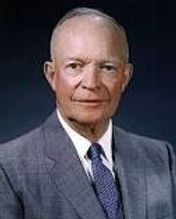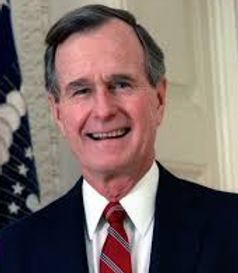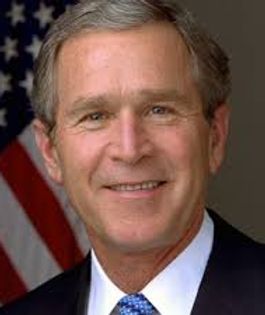
#1. What Houston-born aviator and “Spruce Goose” inventor set speed records as a pilot, participating in a crew that cut Charles Lindbergh’s time for crossing the Atlantic by half in 1938?
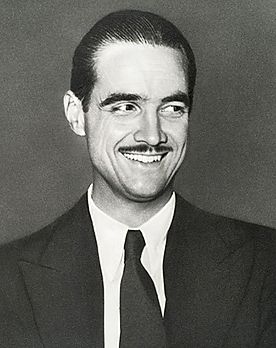
#2. What Texas inventor flew an "air-ship" on September 20, 1865—almost forty years before the Wright brother's famous flight at Kitty Hawk, North Carolina?
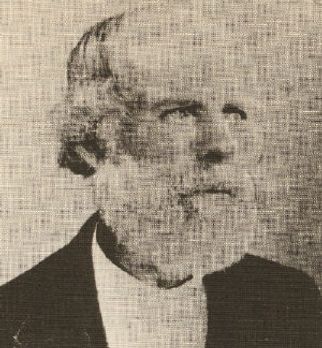 As early as the 1860’s, balloonists in Texas took to the air in experiments that seemed to defy the laws of gravity. Within a few years, however, these early efforts in aviation were directed toward the development of winged craft.
As early as the 1860’s, balloonists in Texas took to the air in experiments that seemed to defy the laws of gravity. Within a few years, however, these early efforts in aviation were directed toward the development of winged craft.
Even today, claims persist that Texas inventor Jacob F. Brodbeck became the world’s first aviator. According to legend, he flew his “air-ship” on September 20, 1865–almost forty years before the Wright brother’s famous flight at Kitty Hawk, North Carolina. Brodbeck’s flight allegedly took place about three miles east of Luckenbach. According to reports, the flight ended in an unfortunate landing which destroyed the craft but left Brodbeck without serious injury.
Despite these reports, it is generally agreed that the first confirmed winged flight in Texas took place in South Houston several years after the Wright brother’s flight. The historic flight in Texas was made by Louis Paulhan, a Frenchman, on February 18, 1910. This time, cameras and a small crowd of people were on hand to witness the event.
#3. What Corinth, Texas–born aviator lost control of his Lockheed Orion floatplane near Point Barrow, Alaska, on August 15, 1935, and perished along with his famous passenger, Will Rogers?
Wiley Hardeman Post was born near Grand Saline in Van Zandt County, Texas, on November 22, 1898. Before his death in a plane crash in 1935, Post became one of the best-known fliers in the world; additionally, he was known for his pioneer work in high altitude flight, particularly his role in developing an early pressure suit. His achievements in early aviation, more than two decades before the establishment of a U.S. space program, earned him a reputation as a pioneer in space flight. Post, accompanied by humorist Will Rogers, died in an airplane crash near Point Barrow, Alaska, on August 15, 1935. – Handbook of Texas Online, Bobby H. Johnson, “POST, WILEY HARDEMAN”
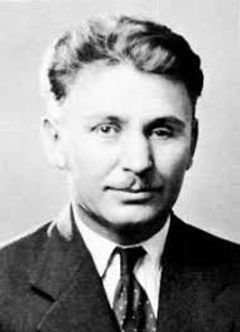
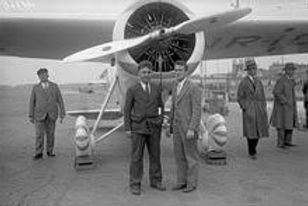

#4. An El Paso native did his pilot training at Kelly Field and flew the B-17 Flying Fortress on 89 combat missions in the South Pacific before creating one of the most beloved sci-fi TV (and later movie) series of all times. Who was he?
Eugene W. “Gene” Roddenberry, who was born in El Paso, Texas, is best known as the creator of the Star Trek television series. However, during World War II he received pilot training at Kelly Field and flew the B-17 Flying Fortress on 89 combat missions in the South Pacific. Inspired by the adventurous spirit of so many aviators and scientists, Roddenberry left flying to pursue writing what would become a popular television show and series of feature films.
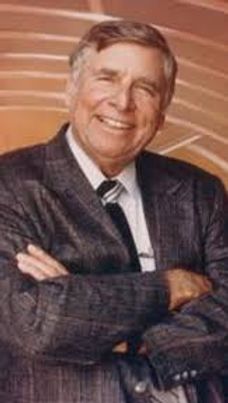
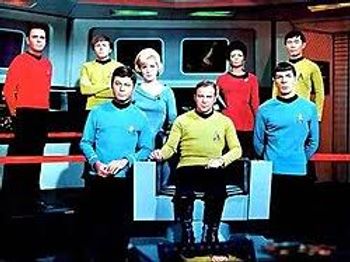
#5. Following World War II, this Gonzales-born pilot founded the Sky Ranch Flying Service in South Houston, which served as an airport for the segregated black community and provided instruction to veterans interested in flying.
Azellia White, pioneering African American female aviator. Born in Gonzales, Texas in 1913, Azellia White followed her husband Hulon “Pappy” White to Alabama as he pursued a career as a mechanic with the Tuskegee Airmen. While at Tuskegee Field, White took to training and flying in a Taylorcraft airplane and earned her pilot’s license in 1946. She would frequently take trips around the South in pursuit of better shopping opportunities. At the completion of World War II, White and her husband returned to Texas. White continued to fly and, along with her husband and two other Tuskegee Airmen, started the Sky Ranch Flying Service in South Houston. Sky Ranch served as an airport for the segregated black community and provided instruction to veterans interested in flying. The company closed its doors in 1948 but the pioneering aspect of Sky Ranch made its mark on the community. Mrs. White continues to serve as an inspiration to aspiring aviators and the Aviation Science Lab at Houston’s Sterling High School is named in her honor.
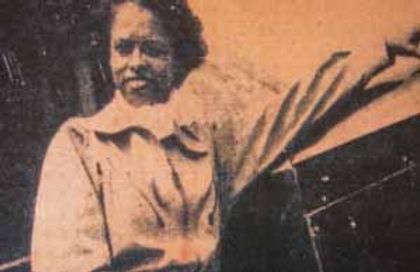
#6. Known as the “Flying Schoolgirl,” this aviatrix opened a flight school in San Antonio; was the first person to fly an airplane at night; the first pilot to do night skywriting; the first woman to fly in the Orient; and the first woman to be commissioned as a mail pilot. Who was she?
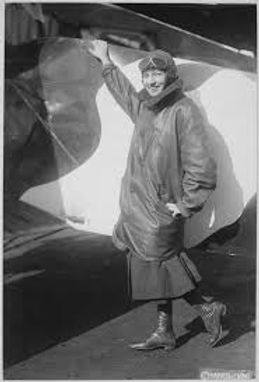 Encouraged by her sister Katherine’s success, Marjorie Stinson decided to learn to fly in June of 1914. With her mother’s permission at the age of 18 she enrolled in the Wright School at Dayton, soloed on August 4, and received her license on August 12. After an unsuccessful attempt to establish an airmail route in Texas, Stinson joined her family in establishing a flight school in San Antonio. Stinson was an instructor, along with Katherine; her brother Edward acted as chief mechanic, and their mother became the business manager. Stinson was inducted into the U.S. Aviation Reserve Crops, as its only woman, in 1915. In 1916, with the war in Europe raging, the Royal Canadian Flying Corps began sending their cadets to the Stinson School for training. Stinson became known as “The Flying Schoolmarm” and her students as “The Texas Escadrille.” The school closed at the end of the war in 1918 and Stinson became a draftsman with the Aeronautical Division of the U.S. Navy.
Encouraged by her sister Katherine’s success, Marjorie Stinson decided to learn to fly in June of 1914. With her mother’s permission at the age of 18 she enrolled in the Wright School at Dayton, soloed on August 4, and received her license on August 12. After an unsuccessful attempt to establish an airmail route in Texas, Stinson joined her family in establishing a flight school in San Antonio. Stinson was an instructor, along with Katherine; her brother Edward acted as chief mechanic, and their mother became the business manager. Stinson was inducted into the U.S. Aviation Reserve Crops, as its only woman, in 1915. In 1916, with the war in Europe raging, the Royal Canadian Flying Corps began sending their cadets to the Stinson School for training. Stinson became known as “The Flying Schoolmarm” and her students as “The Texas Escadrille.” The school closed at the end of the war in 1918 and Stinson became a draftsman with the Aeronautical Division of the U.S. Navy.

#7. Dusty, the main character in the Walt Disney movie “Planes”, was modeled after what aircraft manufactured in Olney, Texas?
Dusty is modeled after an Air Tractor AT-301. Air Tractors are crop dusters, used in over 30 countries across the world and manufactured in Olney, Texas. With only one seat and one engine, this plane is rather limited to its specific line of work (agricultural) but is also used as a glider tow plane. He was inspired by the Air Tractor AT-502, Cessna 188 and the PZL-Mielec M-18 Dromader. Wikipedia
#8. What two Texas aviation pioneers perished in the January 10, 1954, crash of a private aircraft in Louisiana?
In 1954, two leading figures in Texas aviation, Edgar Tobin and Thomas Elmer Braniff, died in a plane crash near Shreveport, Louisiana.
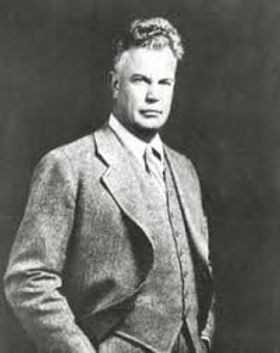 Tobin, a San Antonio native, became an ace after shooting down five enemy aircraft while flying with Capt. Eddie Rickenbacker’s “Hat-in-the-Ring” squadron during World War I. After the war he started Tobin Aerial Surveys and entered the commercial mapping field for Humble Oil and Refining Company (now the Exxon Company, U.S.A.). During World War II he served as a special advisor to the Army Air Force, and his company mapped the entire United States for the federal government. He generously contributed to many charitable organizations in San Antonio.
Tobin, a San Antonio native, became an ace after shooting down five enemy aircraft while flying with Capt. Eddie Rickenbacker’s “Hat-in-the-Ring” squadron during World War I. After the war he started Tobin Aerial Surveys and entered the commercial mapping field for Humble Oil and Refining Company (now the Exxon Company, U.S.A.). During World War II he served as a special advisor to the Army Air Force, and his company mapped the entire United States for the federal government. He generously contributed to many charitable organizations in San Antonio.
Braniff, a native of Kansas and co-founder with his brother Paul of Braniff Airways, pioneered airline service to Texas and the Southwest.
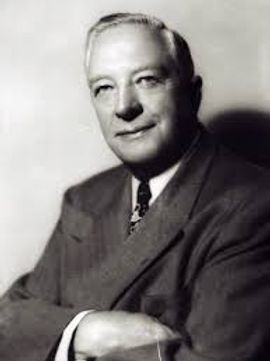
#9. What Fort Worth native, with one co-pilot, established a record-setting around-the-globe flight in 1986—9 days, 3 minutes, and 44 seconds—with no stops for refueling?
Jeana Yeager, Aviator and Pioneer, Yeager achieved one of the most astounding feats in aviation history, the non-stop circumnavigation of the globe without refueling.Yeager, born in Fort Worth, Texas, co-piloted the Rutan Voyager during a non-stop flight around the globe in 1986. The Voyager was one of the first aircraft to be constructed primarily of lightweight graphite-honeycomb composite materials. It took five years of meticulous planning by fellow pilot Dick Rutan and his brother, aircraft designer Burt Rutan, before Yeager and Rutan could begin their odyssey. The record-setting flight took 9 days, 3 minutes, and 44 seconds with no stops for refueling. The pair established six new world records and earned the Presidential Citizens Medal from President Ronald Reagan in 1986. The Voyager now hangs in the Smithsonian Air and Space Museum in Washington, D.C.
#10. In January 2009 a cool-headed pilot of US Airways Flight 1549 guided his damaged aircraft to an emergency landing in the Hudson River, saving the lives of all 155 passengers and crew. Who was he, and where was he born?
Chesley “Sully” Sullenberger, Commercial Airline Pilot known for the “Miracle on the Hudson.” Born in Denison, Texas, Chesley Sullenberger made news in January 2009 when he and his crew safely guided US Airways Flight 1549 to a successful emergency landing in the Hudson River following a total loss of engine power due to multiple bird strikes. Sullenberger’s masterful water landing only 208 seconds after losing power saved the lives of his 155 passengers and crew. His quick thinking and coolness under pressure was due in part to his decades-long commitment to safety, crew coordination and training.

#11. Tom Landry is universally known—and lauded—as the longtime, beloved coach of the Dallas Cowboys football team. But what World War II military service prepared him for his leadership skills on the gridiron?
Thomas W. Landry, B-17 Pilot and Head Coach of the Dallas Cowboys – “I knew what it meant to look my own fear in the face and go on to do my duty.” Landry was born in Mission, Texas, and graduated from the University of Texas at Austin. Before his almost three-decade career coaching the Dallas Cowboys, Tom Landry served as a pilot in the U.S. Army Air Force during World War II. Piloting a B-17 Flying Fortress, Landry often flew missions deep into enemy territory and frequently returned his aircraft with minimum fuel. Between 1944 and 1945, he distinguished himself by flying 30 combat missions over heavily defended targets. His aviation training provided Landry with the strong leadership skills that served him well as coach of the Dallas Cowboys. After his coaching career, he returned to flying general aviation aircraft.
#12. Two world-famous pioneer aviators of the 1920s-1930s - one male, one female - survived non-fatal crashes in Texas. Who were they?
Amelia Earhart and Charles Lindbergh
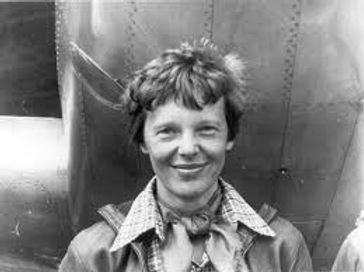 In 1931, Amelia Earhart decided to attempt to be the first to complete the first transcontinental round-trip flight in an autogiro, but crashed after taking off at Abilene, Texas, on the return leg of the trip, for which she received a reprimand for negligence from Assistant Secretary of Commerce for Aviation Clarence Young. Although she completed the trip in a new autogiro, she abandoned the rotorcraft after several other mishaps.
In 1931, Amelia Earhart decided to attempt to be the first to complete the first transcontinental round-trip flight in an autogiro, but crashed after taking off at Abilene, Texas, on the return leg of the trip, for which she received a reprimand for negligence from Assistant Secretary of Commerce for Aviation Clarence Young. Although she completed the trip in a new autogiro, she abandoned the rotorcraft after several other mishaps.
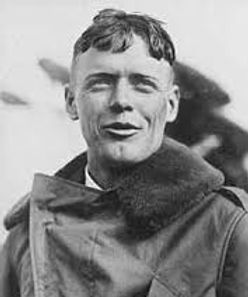 Texas was important in the career of aviation hero Charles A. Lindbergh (1902-75). When he bought his first World War I surplus Jenny in Georgia, he flew it to Texarkana in 1923, so he could say he had flown in Texas — the ambition of every barnstormer. With L. A. Klink in March 1924, he landed Klink’s Canuck in Camp Wood while trying to fly to California. The next day in attempting a take-off, he accidentally crashed into Warren Puett’s Store. No one was hurt, and his offer to pay for the damage was rejected. Then called Slim, Lindbergh made many friends here. Two weeks after visiting Camp Wood, he became a U.S. Air Service cadet at Brooks Field, San Antonio. He completed advanced flight training at Kelly Field in 1925. On May 20-21, 1927, he made the first solo flight from New York to Paris, to world acclaim. Later in 1927, he returned to Texas, surveying the first commercial transcontinental air route through Amarillo; in 1929, he inaugurated U.S.-Mexico airmail in Brownsville. A great aviation pioneer, he drew up and proved many major World War II; collaborated in medical research; helped organize the Berlin airlift; and remained a hero to people of Camp Wood and Texas.
Texas was important in the career of aviation hero Charles A. Lindbergh (1902-75). When he bought his first World War I surplus Jenny in Georgia, he flew it to Texarkana in 1923, so he could say he had flown in Texas — the ambition of every barnstormer. With L. A. Klink in March 1924, he landed Klink’s Canuck in Camp Wood while trying to fly to California. The next day in attempting a take-off, he accidentally crashed into Warren Puett’s Store. No one was hurt, and his offer to pay for the damage was rejected. Then called Slim, Lindbergh made many friends here. Two weeks after visiting Camp Wood, he became a U.S. Air Service cadet at Brooks Field, San Antonio. He completed advanced flight training at Kelly Field in 1925. On May 20-21, 1927, he made the first solo flight from New York to Paris, to world acclaim. Later in 1927, he returned to Texas, surveying the first commercial transcontinental air route through Amarillo; in 1929, he inaugurated U.S.-Mexico airmail in Brownsville. A great aviation pioneer, he drew up and proved many major World War II; collaborated in medical research; helped organize the Berlin airlift; and remained a hero to people of Camp Wood and Texas.

#13. Three U.S. presidents have been airplane pilots; all were Texans. Name all three!
Presidents Dwight D. Eisenhower, George H. W. Bush and George W. Bush
Dwight David Eisenhower, general of the army and thirty-fourth president of the United States, was born in Denison, Texas, on October 14, 1890; he was the first president to have been born in Texas and the first president to hold a pilot’s license. According to his Presidential Museum, he learned to fly while stationed in the Army in the Philippines. Eisenhower soloed in a Stearman PT-1 on May 19, 1937. Later, he flew a Stinson Reliant and logged over 350 hours from July 1936 to November 1939. Ike earned a private pilot license in 1939 at Fort Lewis.
President George H. W. Bush was 18 when he decided to enlist in the Navy with dreams of becoming a Naval Aviator. After receiving his wings, he became the youngest Naval Aviator commissioned during World War II.
President George W. Bush received his wings at Moody Air Force Base in 1969 and was later stationed at Houston’s Ellington Field where he flew F-102 fighters with the 111th Fighter Interceptor
